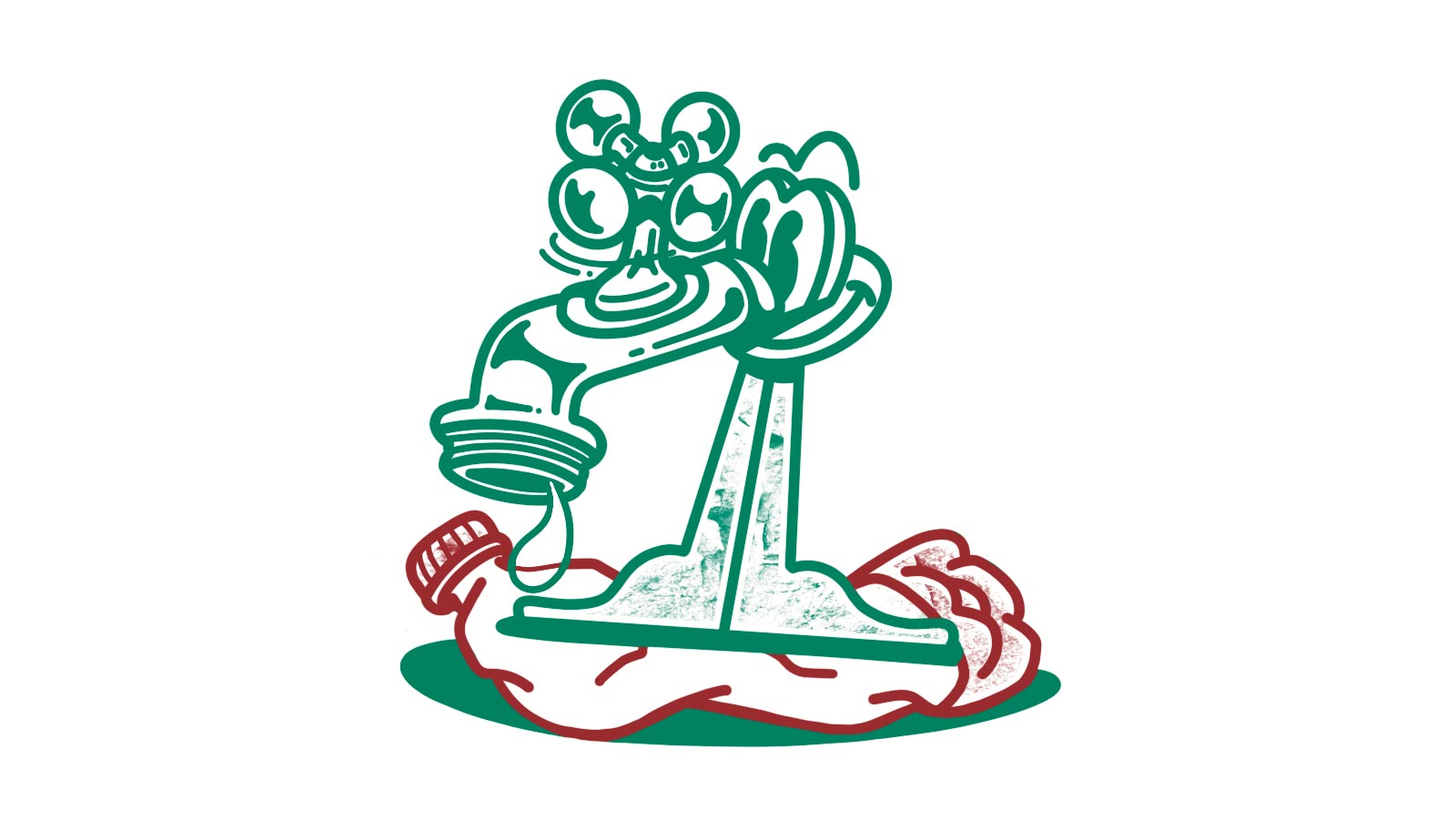- About MTN
Would you like to stay up to date on the latest MTN world news? Products, graffiti, murals, festivals, art and much more.
Return What Is MTN Doing for the Environment? ISO 14001
What do we mean when we say that MTN cares about the planet?
Well, we mean exactly that, and we do it in compliance with a standard that establishes international criteria for environmental management. That standard is called ISO 14001. What is that, you are wondering? Well, if you're curious, read on.
But let's not put the cart before the horse. What is an ISO?
ISO are voluntary standards, governed by the International Organization for Standardization that focus on achieving international standards, which regulate the framework to be followed in specific fields. There are many standards and they affect many different aspects (safety, quality, the food sector, etc.).
What about ISO 14001?
This standard is specific to Environmental Management and refers to the system that companies must comply with in order to manage the environmental risks that may arise in the development of their work.

Complying with these requirements sometimes entails modifying work procedures and their consequent problems, but it also involves benefits beyond the original one (the protection of the planet and all the living beings that inhabit it), obtaining ISO14001 is a way of reinforcing the image of a sustainable and environmentally friendly company. In other words, this ISO is what ensures that greenwashing does not occur.
This standard helps the company to manage and identify environmental risks, following the legal regulations under the PDCA method:
- Plan
- Do
- Check
- Act
Each year MTN is audited by a certified company to verify and certify that these standards are being met.
Very well, now that has been cleared up, what does MTN do?
MTN has set environmental goals and its mission is to achieve them in order to continue obtaining this certification. The goals are:
ON A MANUFACTURING LEVEL
- Replacement of the diesel-fired boiler for a biomass one at the spray can plant.

- Progressive replacement of lights with LEDS to reduce electricity consumption.

- Replacement of the aerosol plant's compressors with new, more energy-efficient ones.
- We have reduced the hazardousness of the formulas and the solvent residues we generate by substituting Xylene for other solvents.

ON A HUMAN LEVEL:
- We have reduced plastic cup waste by eliminating plastic cups and replacing them with new water fountains without plastic bottles.

- Separation and collection of organic matter, to produce less ordinary waste.
- We have created a new, larger warehouse in order to reduce trips between warehouses. The recycling garbage cans there are larger to minimize waste collection trips.

- We have also automated the lines in the aerosol factory to reduce the manual processes that generate more errors and defective spray cans.

- At the MTN plants, we separate waste so that it can be treated more efficiently by authorized waste managers.
- We offer periodic training to the company's personnel.
Finally, we recycle our cleaning solvent with an authorized manager who distills it and returns it to us for use. This process means that we use less new solvent. The cleaning cloths are also cleaned and reconditioned for reuse.
This is all part of a plan, in which the end consumer also plays a role. The recycling of empty spray cans by depositing them in the yellow container is up to you.
ShareNovember 20, 2023
